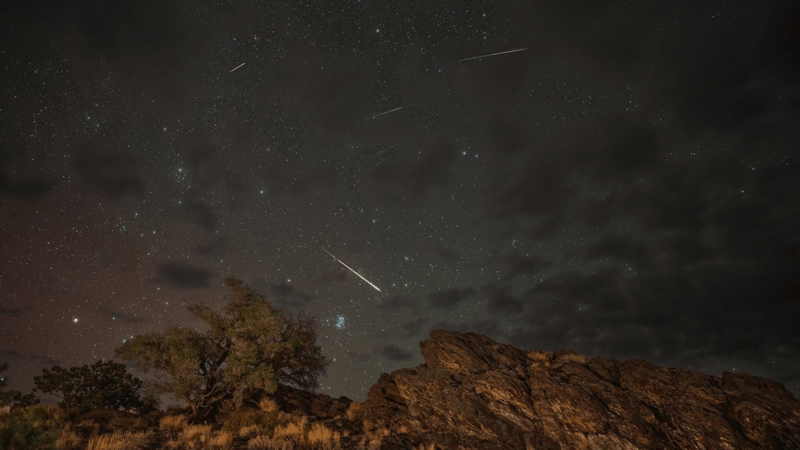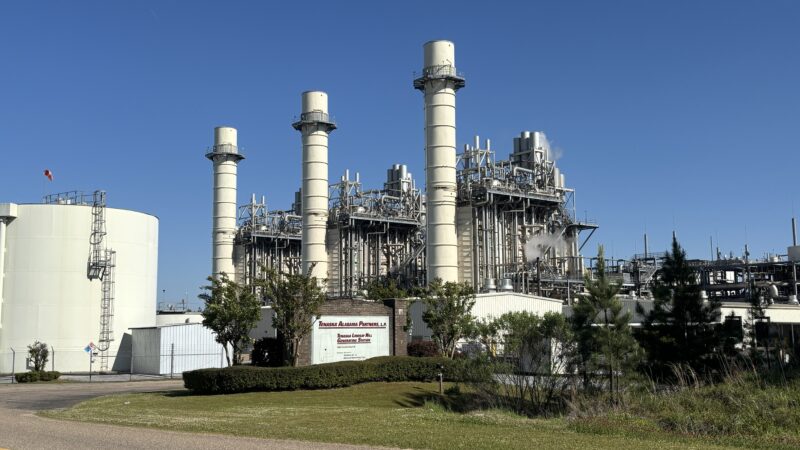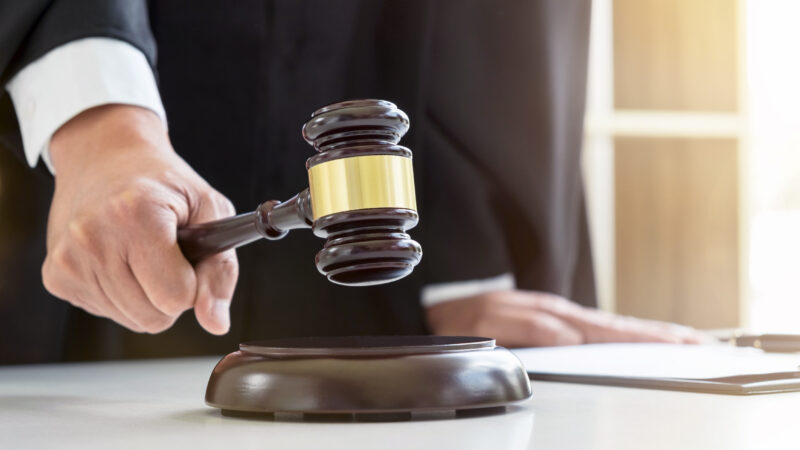Blame it on the moon. This year’s Perseids meteors won’t be as visible at their peak
The annual Perseids meteor shower will reach its peak next week. But astronomers say it won’t be as visible as it has been in recent years.
A full moon is also expected during the peak — Aug. 12 into the 13th — and will likely wash out the view.
“A few bright meteors may still be seen in the predawn hours, but viewing conditions are not ideal,” NASA said.
If you still want to try to catch a glimpse, here’s what to know.
Best viewing conditions
This year, the Perseids began on July 17, and it will be visible until Aug. 23, NASA says. In an hour, one could see about 25 meteors. Characteristics of the Perseids include bright fireballs and long “wakes,” the streak of light and color that follow meteors.
While NASA recommends trying to catch a glimpse of the Perseids before dawn, you may be able to see some meteors as early as 10 p.m. They are most visible in the Northern Hemisphere.
Robert Lunsford, an observer with the American Meteor Society, recommends facing north and settling in.
“Don’t go outside and stand,” he said. “You’ll get really tired and bored quick. Get a nice lounge chair where you’re comfortable.”
And be patient.
“Sometimes you go 10, 15 minutes without seeing anything, and all of a sudden, four or five will show up in the same minute. So they’re notorious for appearing in bunches like that,” he said.
Where do they come from?
As comets orbit the sun, they leave a trail of dust and particles, including meteors, behind them. The Perseids meteors originate from the Swift-Tuttle comet, which has a nucleus of about 16 miles wide, and takes more than 130 years to circle the Sun.
The Swift-Tuttle comet last entered the solar system in 1992, during which observers could see about 200 meteors per hour. The comet leaves such a mess of debris when it comes, we’re able to catch the Perseids every year, Lunsford said.
The Perseids is the most popular of the meteor showers, according to NASA. And while it’s not the strongest, people gravitate to it because it happens in the summer, Lunsford said.
“Most of the other strong meteors occur in the late autumn or early winter, and it is really frigid outside. So that’s the bigger reason,” he said.
Auburn tabs USF’s Alex Golesh as its next coach, replacing Hugh Freeze on the Plains
The 41-year-old Golesh, who was born in Russia and moved to the United State at age 7, is signing a six-year contract that averages more than $7 million annually to replace Hugh Freeze. Freeze was fired in early November after failing to fix Auburn’s offensive issues in three seasons on the Plains.
Alabama Power seeks to delay rate hike for new gas plant amid outcry
The state’s largest utility has proposed delaying the rate increase from its purchase of a $622 million natural gas plant until 2028.
Former U.S. Sen. Doug Jones announces run for Alabama governor
Jones announced his campaign Monday afternoon, hours after filing campaign paperwork with the Secretary of State's Office. His gubernatorial bid could set up a rematch with U.S. Sen. Tommy Tuberville, the Republican who defeated Jones in 2020 and is now running for governor.
Scorching Saturdays: The rising heat threat inside football stadiums
Excessive heat and more frequent medical incidents in Southern college football stadiums could be a warning sign for universities across the country.
The Gulf States Newsroom is hiring an Audio Editor
The Gulf States Newsroom is hiring an Audio Editor to join our award-winning team covering important regional stories across Mississippi, Alabama and Louisiana.
Judge orders new Alabama Senate map after ruling found racial gerrymandering
U.S. District Judge Anna Manasco, appointed by President Donald Trump during his first term, issued the ruling Monday putting a new court-selected map in place for the 2026 and 2030 elections.









